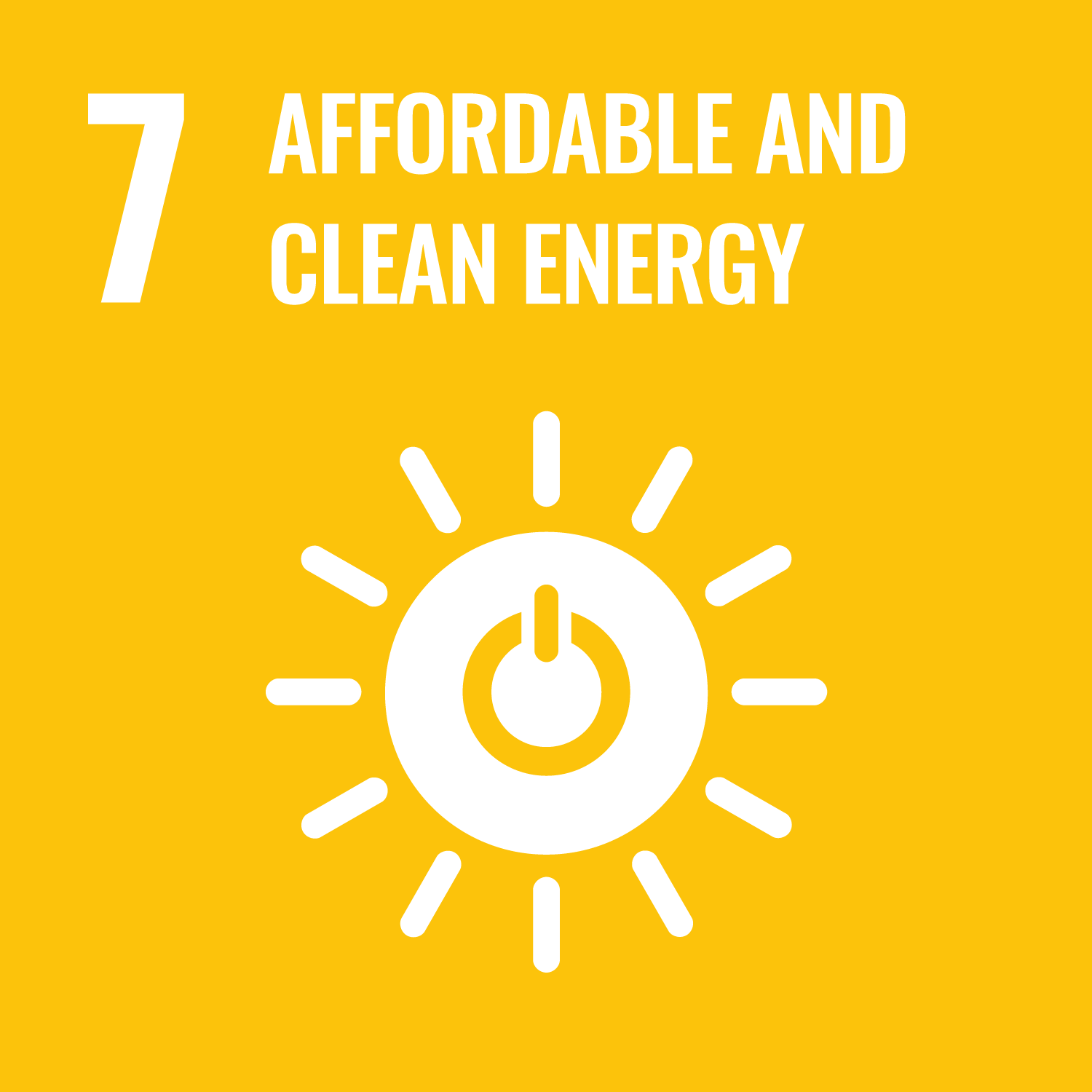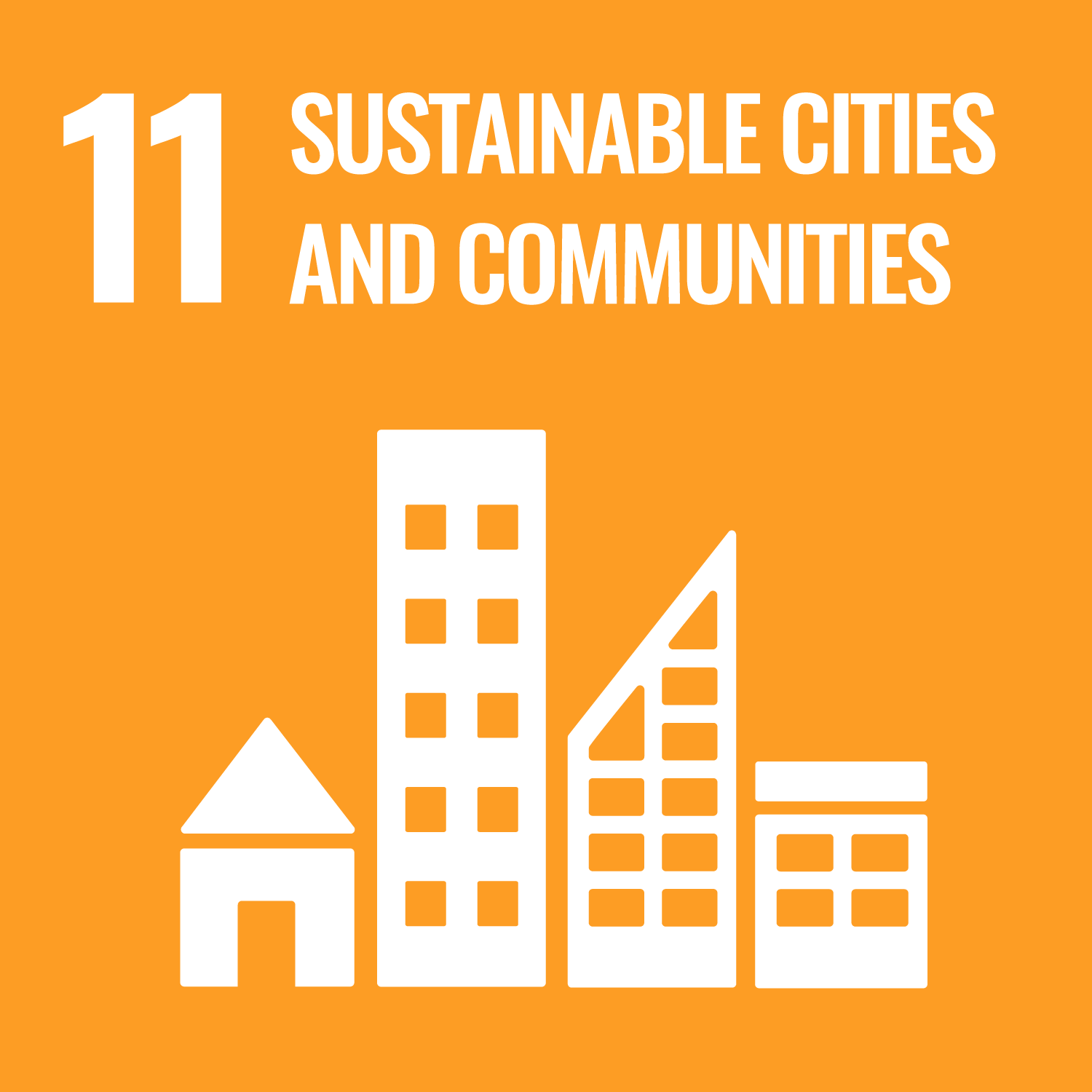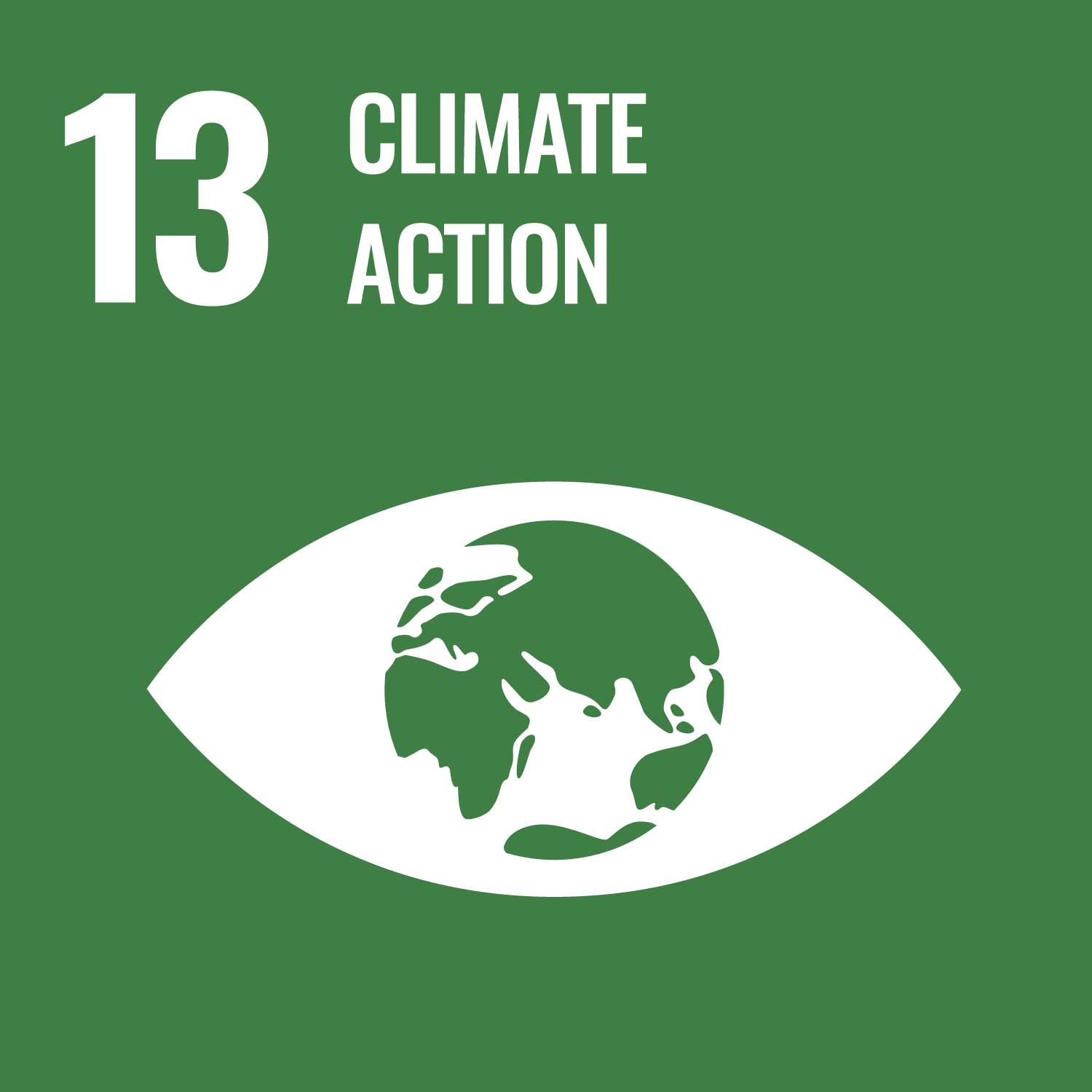This course consists of two parts, with the first part introducing the concept of electromagnetism that form the basis of
current technologies such as mobile phone, telecommunications superconductivity, quantum cocomputer,stc. In detail, the lectures
on electromagnetism will focus on the basic laws governing electricity and magnetism. The studnets will be next introduced
to the unified formulation, namely Maxwell equations, and its consequence of light being electromagnetic waves. The second
part of the course introduces light and its wave-particle dual nature. The course will also introduce light properties, namely,
reflection, refraction, diffraction, polarization, scattering, and absorption. The students will also be introduced to the
multitude of applications, for example, such as everyday gadgets, camera, telescope, light microscopes and also different
light sources, lasers, LED and so on.
The purpose of this course is to provide students with a comprehensive understanding of the fundamental concept of electromagnetism
and the manifestation of light being a self-propagating electromagnetic wave and also photons thus resulting in the wave-particle
dualistic nature of light. Fundamentally, students shall understand electricity and magnetism, including the physical laws
governing them and the unification formulation of Maxwell. The students will be finally introduced to the properties of light
and its application for cutting-edge technologies, for instance, real-world applications such as the latest realisation of
quantum entanglement.
| Goals and objectives | Course Outcomes | |
|---|---|---|
| 1. | The students can explain the concepts of electricity and magnetism. |
A-1
|
| 2. | The students can explain the derivation of Maxwell’s equations from the basic laws of electricity and magnetism and realize the result of light as electromagnetic waves and also its dual nature as particles. |
A-1
|
| 3. | The students can explain the fundametal light properties. |
A-1
|
| 4. | The students become familiar with the cutting-edge technologies that make use of the fundamental principles of electromagnetism and optics in devices such as cameras, telescopes, microscopes and so on. |
A-2
|
| midterm exam | final exam | Total. | |
|---|---|---|---|
| 1. | 10% | 10% | 20% |
| 2. | 10% | 10% | 20% |
| 3. | 15% | 15% | 30% |
| 4. | 15% | 15% | 30% |
| Total. | 50% | 50% | - |
| Class schedule | HW assignments (Including preparation and review of the class.) | Amount of Time Required | |
|---|---|---|---|
| 1. | What is electromagnetism? Electric Charge and Electric Field Week 1 to Week 7 classes taught by Dr. Dita |
Reading and review of the Chapter 21 of the textbook | 160分 |
| Exercise | 40分 | ||
| 2. | Gauss’s Law and Electric Potential | Reading and review of the Chapters 22 and 23 of the textbook | 160分 |
| Exercise | 40分 | ||
| 3. | Capacitance, Dielectric, Electric Energy Storage | Reading and review of the Chapter 24 of the textbook | 160分 |
| Exercise | 40分 | ||
| 4. | Electric Currents and Resistance | Reading and review of the Chapter 25 of the textbook | 160分 |
| Exercise | 40分 | ||
| 5. | Magnetism, Electromagnetic Induction, and Faraday’s Law | Reading and review of the Chapters 27 and 29 of the textbook | 160分 |
| 6. | Inductance, Electromagnetic Oscillations, and AC Circuits | Reading Chapter 30 of the textbook | 160分 |
| Exercise | 40分 | ||
| 7. | Mid-term and discussion on the solution | Exam | 160分 |
| Discussion on solution | 40分 | ||
| 8. | Maxwell's Formulation, Light, and Wave-Particle Duality Week-8 to 14 will be taught by Prof. Uma |
Reading textbooks and powerpoint file | 160分 |
| Exercise | 40分 | ||
| 9. | Light Properties (Reflection, Refraction, and dispersion) | Reading textbooks and powerpoint file | 160分 |
| Exercise | 40分 | ||
| 10. | Diffraction and Interference | Reading textbooks and powerpoint file | 160分 |
| Exercise | 40分 | ||
| 11. | Polarization, Scattering, Absorption | Reading textbooks and powerpoint file | 160分 |
| Exercise | 40分 | ||
| 12. | Modern Optics (Fourier optics, Lasers) | Reading textbooks and powerpoint file | 160分 |
| Exercise | 40分 | ||
| 13. | Modern Optics (Holography, adaptive optics) | Reading textbooks and powerpoint file | 160分 |
| Exercise | 40分 | ||
| 14. | Final Exam and Discussion | Exam | 90分 |
| Discussion on Solution | 40分 | ||
| Total. | - | - | 2690分 |
| A:Fundamental Mechanical Engineering | B:Advanced Mechanical Engineering | C:Environment and Materials Engineering | D:Chemistry and Biotechnology | E:Electrical Engineering and Robotics | G:Advanced Electronic Engineering | F:Information and Communications Engineering | L:Computer Science and Engineering | H:Urban Infrastructure and Environment |
|---|
The students will be evaluated based on their activity during the class (presentation and discussion) , midterm exam and Final
examination each contributing respectively to 50% and 50% of the total grade of 100%. The midterm or final exam can be contributed
from the assignments.
60% or more of the total score is needed for getting the course credit.
60% or more of the total score is needed for getting the course credit.
| ways of feedback | specific contents about "Other" |
|---|---|
| Feedback in outside of the class (ScombZ, mail, etc.) |
Physics for Scientists and Engineers with Modern Physics by Douglas C. Giancoli fourth edition
(Pearson New International Edition 2014)
Collection of research papers to be provided by the teacher for final report.
(Pearson New International Edition 2014)
Collection of research papers to be provided by the teacher for final report.
- First part of lectures from 1 till 7 weeks will be provided by Prof.Dita;
Monday, 17:00 - 18:00 in the lecturer's office 4303-2 of Omiya Campus. Tuesday - Wednesday from 09:00 - 12:00 In the part-time lecture room 4th floor Toyosu campus. Contact e-mail address: dita@shibaura-it.ac.jp; Second part of lectures will be delivered by Prof.Uma; Lecturer's offfice 11C0a of the main building. The students are advised to make an appointment in advance to meet with Prof.Uma.
| Work experience | Work experience and relevance to the course content if applicable |
|---|---|
| N/A | N/A |








- 3.GOOD HEALTH AND WELL-BEING
- 4.QUALITY EDUCATION
- 6.CLEAN WATER AND SANITATION
- 7.AFFORDABLE AND CLEAN ENERGY
- 9.INDUSTRY, INNOVATION AND INFRASTRUCTURE
- 11.SUSTAINABLE CITIES AND COMMUNITIES
- 12.RESPONSIBLE CONSUMPTION & PRODUCTION
- 13.CLIMATE ACTION
Last modified : Wed Mar 12 04:13:40 JST 2025
